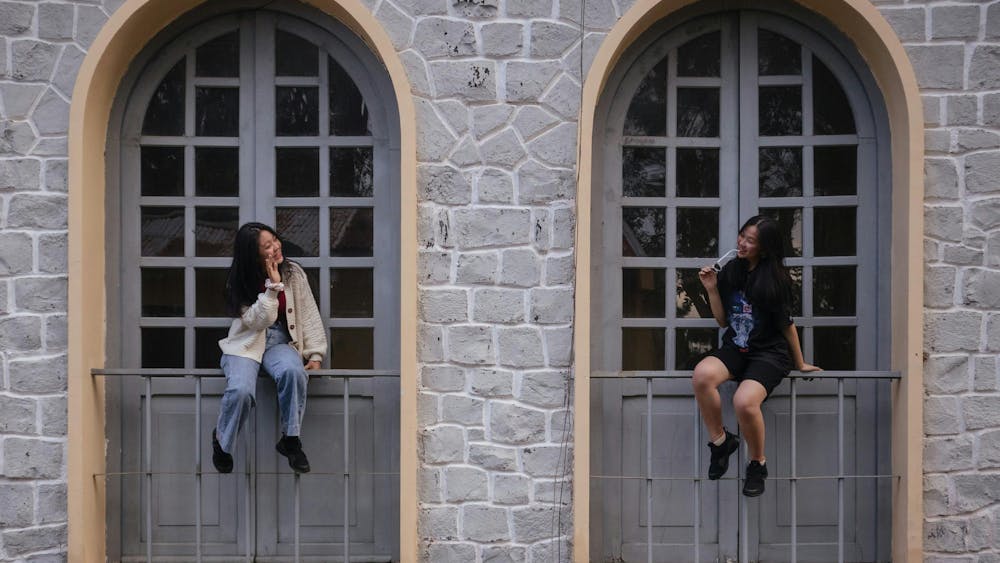In my opinion, Brandon Stanton’s photography can be best described as “eh.”
The photographer behind the trending Facebook page and blog, Humans of New York (HONY), Stanton started his project almost five years ago but has kept his content fairly consistent since. He shoots portraits of passersby and includes a small note about their encounter. Sometimes he posts pictures of quirky fashion. Other times he posts a series of photos, detailing a person’s experience with issues such as drug abuse or death.
The images themselves aren’t terrible, but they don’t warrant the international attention it garners. My main issues with HONY are that with most of his shots, Stanton bypasses the traditional standards for photography, such as the "rule of thirds" or leading lines. The colors are bland (but that’s New York City, I guess), and the backgrounds are almost never utilized to engage the viewers in the photos. His earlier works are also out of focus at times. In essence, the photos alone are too two-dimensional. It doesn’t come to life.
But HONY isn’t about the photography. It’s never been about the photography.
Stanton’s real talent is in the way he manages to draw these poignant, personal details out from these fragile people. His sincere approach to his subjects allows his subjects to confide in him, entrusting him with the most private sections of their lives for millions to see.
I may be a notorious cynic, but I’m not going to deny what Stanton has managed to accomplish through his work. Sixteen million people on Facebook look at his posts and find empathy, joy and encouragement. He fosters charity and goodwill between netizens who barely know one another. He was so successful the United Nations invited him to a worldwide tour to promote the Millennium Development goals and to illustrate living conditions in impoverished nations.
It’s hard to imagine Stanton won’t be the most recognized photographer of this decade, given his national exposure. His work has revitalized the conversation on how the photography community should look at our works and what this means for photography and photojournalism. Not bad for an amateur.
I have two favorite photographers: early 20th century war photographer Robert Capa and former Chicago Sun-Times photojournalist John H. White. Each exhibit what I think are the essential elements to feature photography, ones Stanton should perhaps look to apply.
Capa, at the frontlines of the lowest points of history, understood the potential in his camera and documented history and social dynamics with unique techniques, such as getting extremely close, using heavy color contrasts to distinguish the main subject and finding the unbelievable. I’d like to invite you to look up some of John White’s photos as well, particularly his documentation of black Chicago neighborhoods which won him the 1982 Pulitzer Prize for Feature Photography. White is truly a person who feels his subjects from the inside, and utilizes all of his technical skills to convey the stories of that community.
Photographs, especially those designed to observe into the very core of their subjects, have traditionally carried its rhetoric on its own, not just relying on blocks of quotations to contextualize. Photography has to inspire and be inspired. Stanton has flexibility in how he presents his stories right now, but I believe he would also benefit from looking at these two people’s works. Doing so will lead to more powerful and longer-lasting images that accurately document the personalities of this generation.













